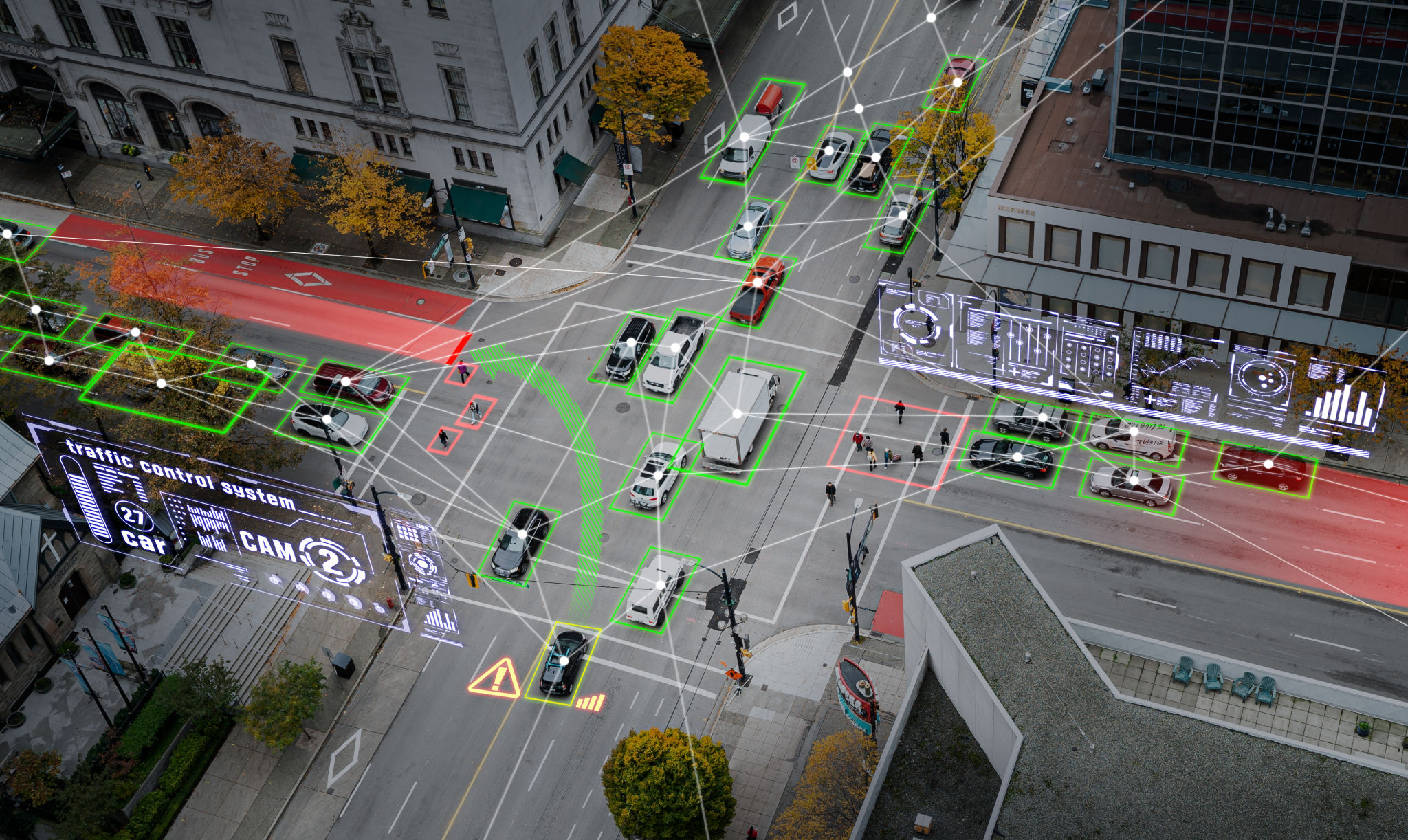Sustainable Land Use Planning in Chicago: A Comprehensive Guide
Understanding Sustainable Land Use Planning
Sustainable land use planning is an essential aspect of urban development, focusing on balancing environmental, social, and economic factors. In a bustling city like Chicago, finding this balance is crucial for long-term growth and sustainability. The goal is to create urban spaces that are livable, resilient, and equitable for all residents.
Sustainable planning involves a holistic approach, integrating green spaces, public transportation, and community needs into the urban fabric. By doing so, cities can reduce their carbon footprint, enhance biodiversity, and improve the quality of life for their inhabitants. In Chicago, initiatives have been underway to incorporate these principles into city planning.

Key Principles of Sustainable Land Use
One of the core principles of sustainable land use planning is smart growth. This involves directing development towards existing urban areas to minimize sprawl and preserve natural habitats. Smart growth promotes more efficient use of resources and reduces the strain on infrastructure.
Another important principle is mixed-use development. By combining residential, commercial, and recreational spaces within close proximity, mixed-use developments encourage walking and reduce reliance on cars. This approach not only fosters a vibrant community atmosphere but also supports local businesses and reduces environmental impact.

Green Infrastructure
Green infrastructure is a vital component of sustainable land use planning in Chicago. It encompasses a range of practices designed to manage stormwater, improve air quality, and provide recreational opportunities. Examples include green roofs, permeable pavements, and urban forests.
These elements not only mitigate the effects of climate change but also enhance urban aesthetics and provide habitats for local wildlife. Chicago has been a leader in implementing green infrastructure projects, such as the extensive network of parks and the innovative use of green roofs on commercial buildings.

Community Involvement in Planning
For land use planning to be truly sustainable, community involvement is essential. Engaging residents in the planning process ensures that developments meet the needs and desires of those who live there. This can be achieved through public consultations, workshops, and collaborative decision-making processes.
Chicago has embraced this approach by involving community organizations and residents in its planning initiatives. By giving a voice to diverse groups, the city can create more inclusive and equitable urban environments that benefit everyone.
The Role of Technology
Technology plays a significant role in sustainable land use planning by providing data-driven insights and innovative solutions. Geographic Information Systems (GIS), for instance, help planners visualize spatial data and assess environmental impacts. Additionally, smart city technologies can optimize energy use and improve transportation systems.
In Chicago, technology has been leveraged to enhance sustainability efforts. From apps that encourage public transit use to real-time monitoring of air quality, these tools empower both planners and residents to make informed decisions.

The Future of Sustainable Land Use in Chicago
As Chicago continues to grow and evolve, sustainable land use planning will remain a top priority. The city aims to reduce its carbon emissions and improve resilience against climate change through comprehensive strategies that integrate all aspects of urban life.
Future projects will likely focus on expanding green spaces, enhancing public transit systems, and promoting energy-efficient buildings. With ongoing commitment from city officials, community members, and businesses, Chicago is well-positioned to lead the way in creating sustainable urban environments.